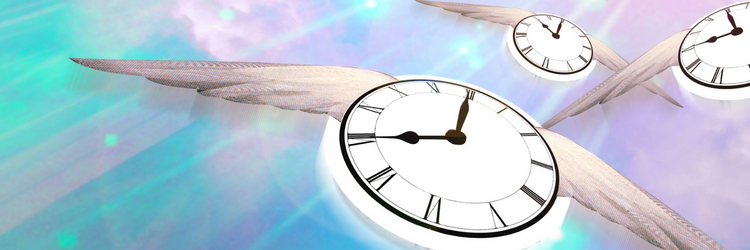What is a Time of Flight Sensor and What Does it Do?
A Time of Flight sensor is a device that measures the time it takes for a light pulse to travel from the sensor to an object and back. Scientists can use this information to determine the distance to the target and its size, shape, and other characteristics. Time of Flight sensors have a wide range of applications, from measuring water depth in a swimming pool to detecting objects in space. In this blog post, we’ll take a closer look at how Time of Flight sensors work and some of the ways we use them today.
How Does a Time of Flight Sensor Work?
A Time of Flight sensor works by emitting a short pulse of light, typically from an infrared LED. The light pulses bounce off objects in the environment and reflect back to the sensor. The sensor measures the time it takes for each pulse to return, giving scientists enough information to calculate the distance to the object.
Different Types of Time of Flight Sensors:
- Laser Time of Flight: Laser Time of Flight sensors use a laser to emit light pulses. These sensors are very accurate but can be expensive and require careful calibration.
- LED Time of Flight: LED Time of Flight sensors use an LED to emit light pulses. These sensors are less expensive than laser-based sensors but are not as accurate.
- ToF Camera: A ToF camera is a type of Time of Flight sensor that uses an image sensor to measure the time it takes for light to bounce off objects in the environment. ToF cameras are less expensive than laser-based sensors and offer a wider field of view. However, they are not as accurate as laser-based sensors.
- Active Time of Flight: Active Time of Flight sensors emit a continuous wave of light rather than pulses. These sensors are less expensive than other types of Time of Flight sensors, but they have a narrower field of view and are not as accurate.
How Can a Time of Flight Sensor Be Used in 3D Imaging?
Time of Flight sensors are often used in 3D imaging applications. By measuring the time, it takes for light to bounce off objects in the environment, the sensor can create a 3D map of the area. This information can be useful for various purposes, such as navigation, object detection, and mapping.
How Accurate Are Time of Flight Sensors?
Time of Flight sensors are very accurate, up to +/- 2 cm. However, the accuracy of these sensors can be affected by environmental factors, such as dust or smoke in the air.
To conclude, Time of Flight sensors are a type of sensor that uses light to measure the distance to an object. These sensors are very accurate and have a wide field of view. However, they have a limited range and require a line of sight to the object. Time of Flight sensors can be used for various applications, such as navigation, object detection, and mapping.

